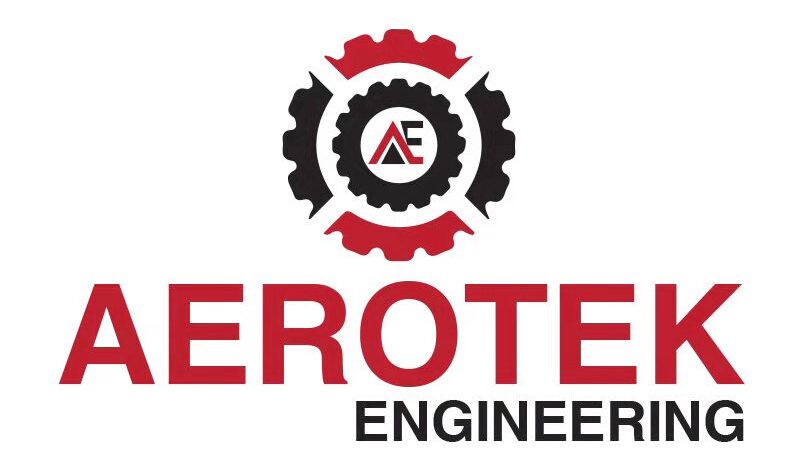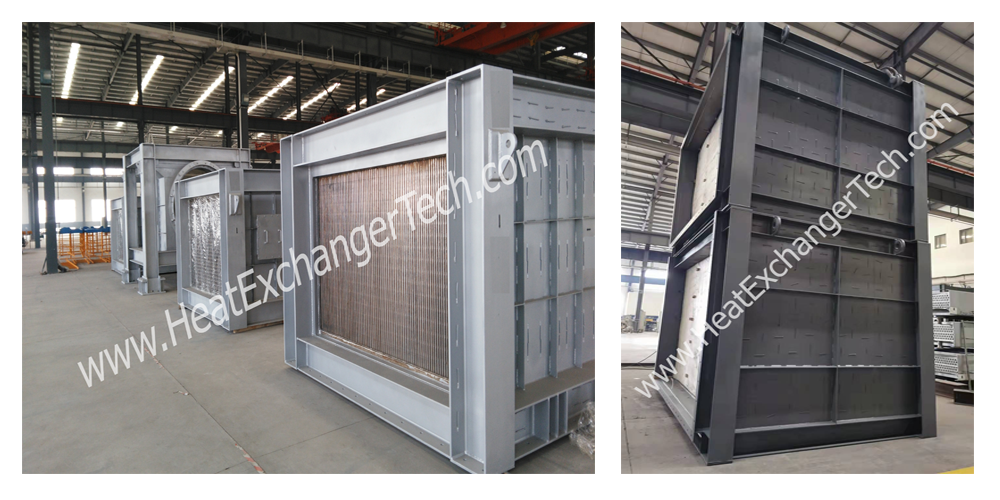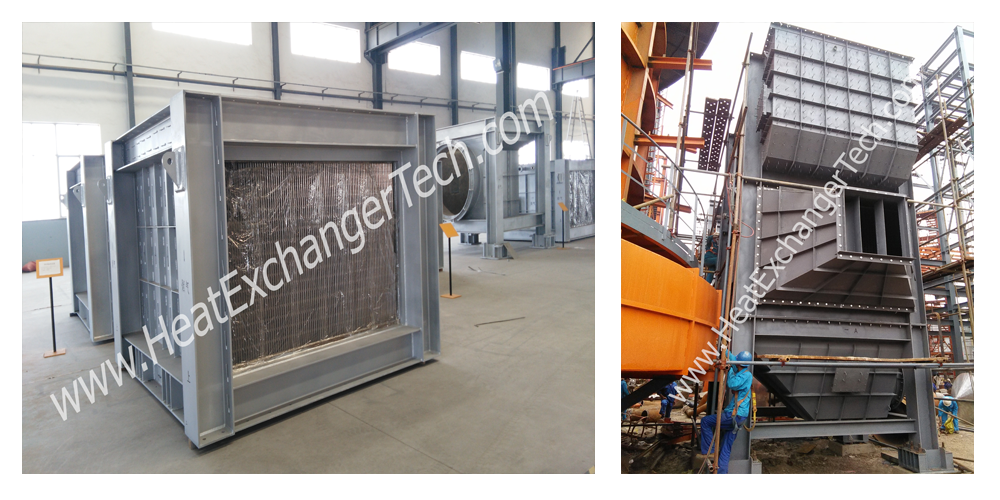Due to global warming, the steel industry has increasingly strict requirements for its environmental protection. The results show that the total amount of NOx emitted by various equipment in the iron and steel plant occupies second place in the fixed source. Among them, the NOx emission of the sintering process accounts for about half of the total NOx emission of iron and steel plants. Therefore, strict control of NOx emission from sintering flue gas can effectively reduce NOx emission from steel plants.
In the denitration system, as an important high-efficiency heat exchange equipment, GGH can effectively carry out heat recovery, improve the temperature of flue gas entering the denitration reactor, and improve the efficiency of denitration catalyst.

Send Inquiry






